Reviews
Frederick Wiseman
USA, 1993
Credits
Review by Megan Weireter
Posted on 21 June 2008
Source Zipporah Films DVD
Categories Frederick Wiseman
It’s difficult not to bring a little baggage to Zoo, which explores the workings of a perhaps morally dubious institution. The animals of the Miami Metrozoo - the sleek exotic birds, the white tigers promenading through their replica Buddhist temple habitat, the antelope standing nobly beneath their majestic and ludicrous horns - all of these creatures, gawked at by doofuses in fannypacks. Initially, watching this is unpleasant—innocent animals have been imprisoned for these people? But Wiseman refuses to romaticize the animals or address how they came to be here—he’s interested in the human responses to them. The film makes a point of spending equal time on the animals and the wonder-filled faces of the people watching them, in essence humanizing the humans. Yes, there’s a balance of power on either side of the enclosures, but at least the viewers seem appropriately awed by what they’re seeing.
But that sense of wonder is something the zoo’s staff works hard to maintain. One of the first scenes is the elephant show, in which elephants respond to trainers’ commands to stand on their hind legs, run around, and do various other cute tricks for the crowd. The elephants pop up again and again as the public faces of the zoo, even posing for photos with guests at a black-tie fundraiser. It’s animal behavior at its most inauthentic, but it’s something the public responds to predictably, and which the zoo is happy to allow people to see. The struggle of the staff is to maintain this theatricality, this unnatural balance between the wild animals and the people. Perhaps the people become more sympathetic as we begin to see that, in a way, they are just as managed as the animals are.
Although the staff members work to maintain their objectivity, frequently even they can’t hide their own entrancement with their charges. One keeper trying to clean out the chimps’ cage scolds them, laughs at them, and finally almost forgets what she’s there for. Ultimately, she just stares at them as they play with the fascination of a visitor mixed with the affection of a parent. And when tragedy strikes, the staff rushes in just as parents would. A rhinoceros gives birth to a stillborn calf, and the staff desperately starts to give the calf CPR, trying to remove a blockage from its throat. Dr. Miller, the veterinarian, finally throws down the syringe she’s been handed. “It’s no use,” she spits out, staring helplessly at the body. Still, though, it is she who eventually slices open the baby rhino, puts its organs into jars, and cuts off its head to be photographed. As she completes the work, her face betrays her true feelings.
Even more senseless than the tragedy of the stillborn rhino is the attack on the zoo by feral dogs, who somehow get under the fence at night and kill several antelope. The camera follows the keepers as they look over the damage and find each new body, the rage and grief increasing along with the jerkiness of the picture. Just as if their own children had been attacked, they have their revenge—they grab rifles and head into the woods to find the dogs.
Most of the time, though, the staff is able to maintain the strange equilibrium of life at the zoo, and day in and day out people come to see the animals. They do not see the komodo dragon swallow baby chicks whole for lunch, or the rabbit being clubbed into unconsciousness before being wiggled in front of a hungry snake. They don’t see the crocodile humiliatingly captured and put into a breeding ground, and they don’t see the keepers stealing its eggs for observation. In order to maintain their reverence and wonder, the staff must protect the public from the brutal realities of the zoo, just as they protect the animals as best they can from the dangers of life outside the wild. The visitors looking at the animals with delight, the animals balefully regarding them back, the staff watching carefully over all of them—everyone in Zoo is always watching everyone else, and no objectivity is possible.
More Frederick Wiseman
-
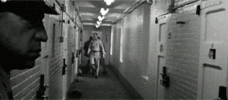
Titicut Follies
1967 -
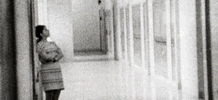
High School
1968 -

Law & Order
1969 -

Basic Training
1971 -

Juvenile Court
1972 -
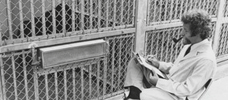
Primate
1974 -
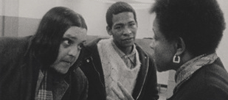
Welfare
1975 -

Meat
1976 -
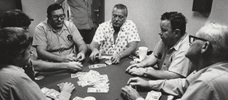
Sinai Field Mission
1978 -

Manoeuvre
1979 -

Model
1980 -
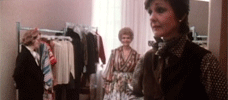
The Store
1983 -

Blind
USA -

Adjustment & Work
1986 -

Missile
1987 -

Central Park
1989 -

Near Death
1989 -

Aspen
1991 -

Zoo
1993 -

High School II
1994 -

Ballet
1995 -

La Comédie-Française
1996 -

Public Housing
1997 -

Belfast, Maine
1999 -
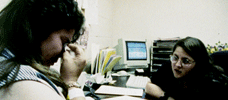
Domestic Violence / Domestic Violence 2
2001 / 2002 -
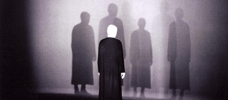
The Last Letter
2002 -

State Legislature
2006
We don’t do comments anymore, but you may contact us here or find us on Twitter or Facebook.



